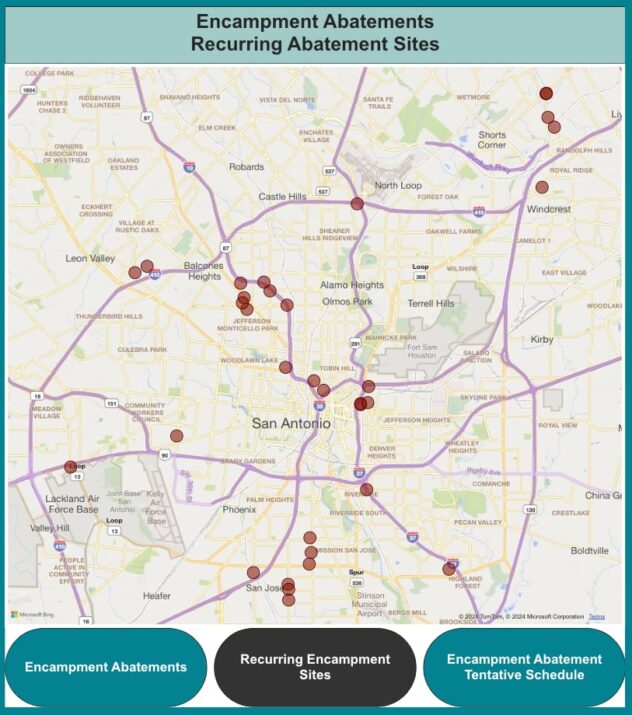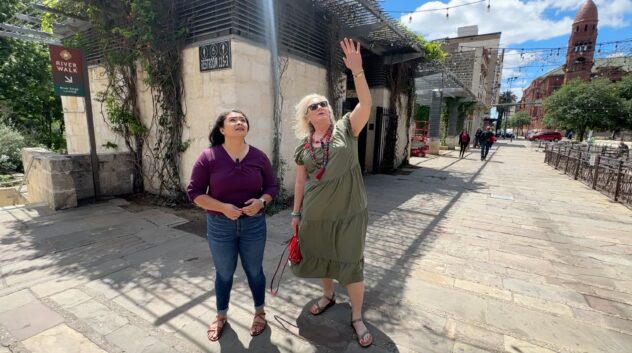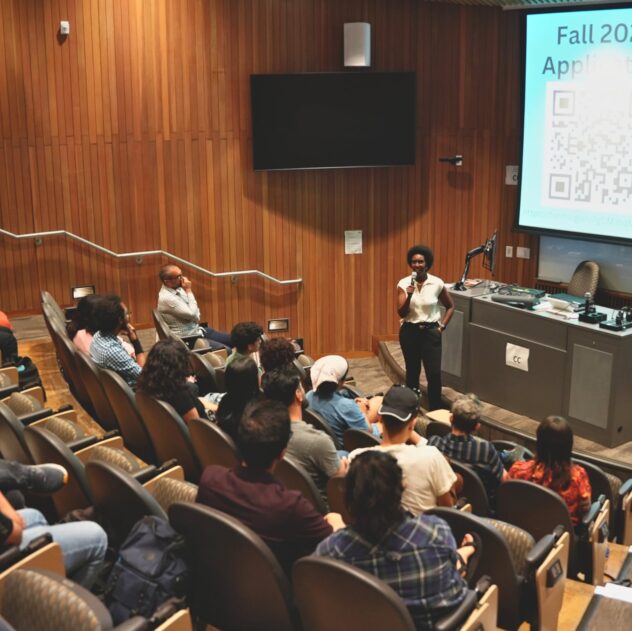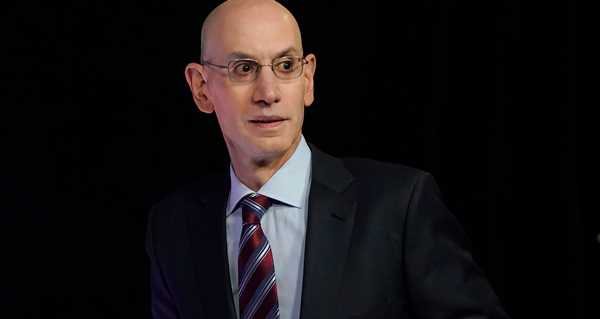San Antonio family physicians, struggling amid COVID-19, asking for healthcare overhaul

San Antonio physicians say they’re being pushed to the brink by declining revenues during the COVID-19 pandemic — even as insurance companies across the country rake in enormous profits.
That situation, they argue, represents a grave threat to practices across the state and country.
“There are a lot of practices that are in danger,” said Dr. Alexander Kenton, chair of the Bexar County Medical Society’s Legislative Committee and a neonatologist at Methodist Children’s Hospital. “There’s a good percentage of practices that are either going to have to close their doors, sell or lay off people.”
Polling backs Kenton’s analysis. A June survey by the Primary Care Collaborative of primary care clinicians around the country found that 63% were experiencing severe financial stress and nearly 40% had to furlough or lay off clinicians.
What’s more, in excess of 70% of Texas family physicians have made cuts, either to salaries or employee hours, since mid-March, according to Texas Academy of Family Physicians CEO Tom Banning. Some practices have already closed permanently.
The TAFP, which has more than 30 chapters across the state, is pushing for a series of legislative reforms to alleviate short-term pressure on affected practices and create a more durable, sustainable healthcare system for the COVID-19 era and beyond.
The group’s central demand concerns the way physicians are compensated. Under the current system, physicians are primarily paid for service rendered, which leaves them vulnerable to economic downturns.
Now, the TAFP and physicians around the state are pushing for a prospective payment system in which patients pay their doctors a set amount per month or year.
As the nation shut down in March, practices across the state saw patient visits and patient volume decline by 50-70% within a ten-day period, according to Banning. That had a devastating impact on fee-for-service practices.
Some practices received bailout money from the federal Paycheck Protection Program, and some were able to recoup a portion of their business by transitioning to telemedicine, but even now, many are still struggling to stay afloat.
Congress has yet to pass another bailout package, and practices are missing out on revenue from ancillary services that can only be rendered in person, industry officials point out. What’s more, the volume of patient visits hasn’t fully recovered despite Texas’ aggressive steps towards re-opening the state.
The fee-for-service model also creates a number of perverse incentives for physicians — who, if they want to maximize revenue, must see a large number of patients quickly and perform or recommend expensive treatments, Banning said.
“There are studies feet high — if not miles high — that have clearly shown that fee-for-service incentivizes physicians to do more things, oftentimes unnecessary things, because that is the way they generate revenue,” he said. “That is the dominant system that we’ve had in place for a long time.”
The incentives created by fee-for-service arrangements contribute to a system in which the United States to spend more on healthcare per capita than any other country in the industrialized world while leaving millions uninsured, critics say.
Removing short-term profit motives
Moving to a subscription-style system would, theoretically, free doctors to spend more time with patients, build lasting relationships and make healthcare recommendations less driven by immediate profit motives.
The idea for perspective payment systems is not new — Medicare and Medicaid already utilize a form of it — but the TAFP is encouraging Texas lawmakers to get on board and encourage its full implementation.
Kenton said he would rather see a move to a shared-risk model, which incentivizes doctors to keep costs down, but said that even doctors who enjoy greater profits through the fee-for-service payment than family physicians model recognize that the current system is flawed.
Dr. Michelle Muldrow is one of those physicians. An OBGYN with Women’s Health Texas in San Antonio, she watched this spring as her group laid off employees, slashed physician salaries and closed one of its local offices.
“It’s not like it was in the old days when physicians would work a half week and they’re living in the lap of luxury and they’re playing golf,” she said. “I just want to go to work and take care of people, and now you have this added burden of having to fight with insurance companies and figure out the business, and it’s really complicated.”
In addition to revamping the payment system, TAFP and doctors across the state are pushing Texas lawmakers to remove barriers to the provision of telemedicine. They also want to add patients to their potential client pool — namely through an expansion of Medicaid, which would also narrow disparities in health coverage and outcomes between white people, Black people, and people of color.
Highest uninsured rate
Texas is one of just 11 states that hasn’t adopted the Medicaid expansion made possible by the Affordable Care Act, even though the state’s uninsured rate of 18% is the highest in the nation. Oklahoma, which has the second-highest rate of uninsured residents, voted via ballot measure this summer to expand the program.
Of the nearly 5 million Texans without health insurance, more than 850,000 are children. Between February and May, when COVID-19 shut down much of the state’s economy, an additional 650,000 Texans lost their insurance.
Now, for the first time, Banning believes Texas might be moving toward expansion. He said he’s received multiple messages from Republican members of the Texas Legislature who told him that they’re weighing a step in that direction.
“The state has actually sacrificed its budget in the name of politics,” Kenton said. “We could have served a lot more patients, [and] we could have had physicians in a much better financial position if the state had just done what was best for Texans.”
Come next year, the federal government may render the conversation moot.
Under Democratic presidential candidate Joe Biden’s healthcare plan, individuals who would qualify for Medicaid if not for their state’s refusal to expand access could gain coverage via a premium-free public option plan.
But Democratic control of the federal government next year is by no means guaranteed, and there’s significant pressure to move quickly with reforms if lawmakers want to save medical practices.
“The federal government [gave] a lifeline to these practices … so we’ve got some time, but the reality is that we’re not going to save all practices,” Banning said. “And that’s going to have long-term repercussions.”
Insurers profiting
One of those repercussions will be less routine preventative care for Texans. Another may be a further consolidation of the healthcare market by conglomerates who haven’t suffered as dramatically during the pandemic.
Insurance companies, for their part, have dramatically increased profits.
“If I am a practitioner or a small group, one of those options might be to sell my practice to the hospital down the street,” said Dr. Todd Thames, a physician who teaches at Trinity University. “Unfortunately, the way healthcare works in America, consolidation historically does not result in lower prices or more efficient care.”
Many of the challenges faced by primary care physicians aren’t new. Instead, they’ve been exacerbated by the pandemic and its fallout.
“This shift [to hospitals and healthcare conglomerates] we think was happening all along,” Kenton said. “It was just going to happen over the next 10-15 years. And when these kinds of disruptions happen, they’re shocking.”
But doctors around the state believe that the COVID-19 crisis could alter the political realities regarding healthcare. That’s why the TAFP dubbed its prescription for reimagining the state’s healthcare system “The Primary Care Marshall Plan.”
“I’m a big believer that politics is about the art of the possible,” Banning said. “We’ve been talking about the failures of our healthcare system for a long time — decades — and we’ve made small changes here and there, but what COVID has done is really exposed in very dramatic ways those failures.”
He added: “I do believe that there is a political will that this not happen again.”
Thames agreed — arguing that the current crisis presents a rare opportunity.
“It’s an uphill battle,” he said. “It always has been. There have been fits and starts of healthcare reform in America since Theodore Roosevelt. But every now and again, there is a breakthrough. Like Medicare. So maybe part of the COVID experience is that there will be some breakthroughs.”
Stay on top of San Antonio news and views. Sign up for our Weekly Headlines Newsletter.
















